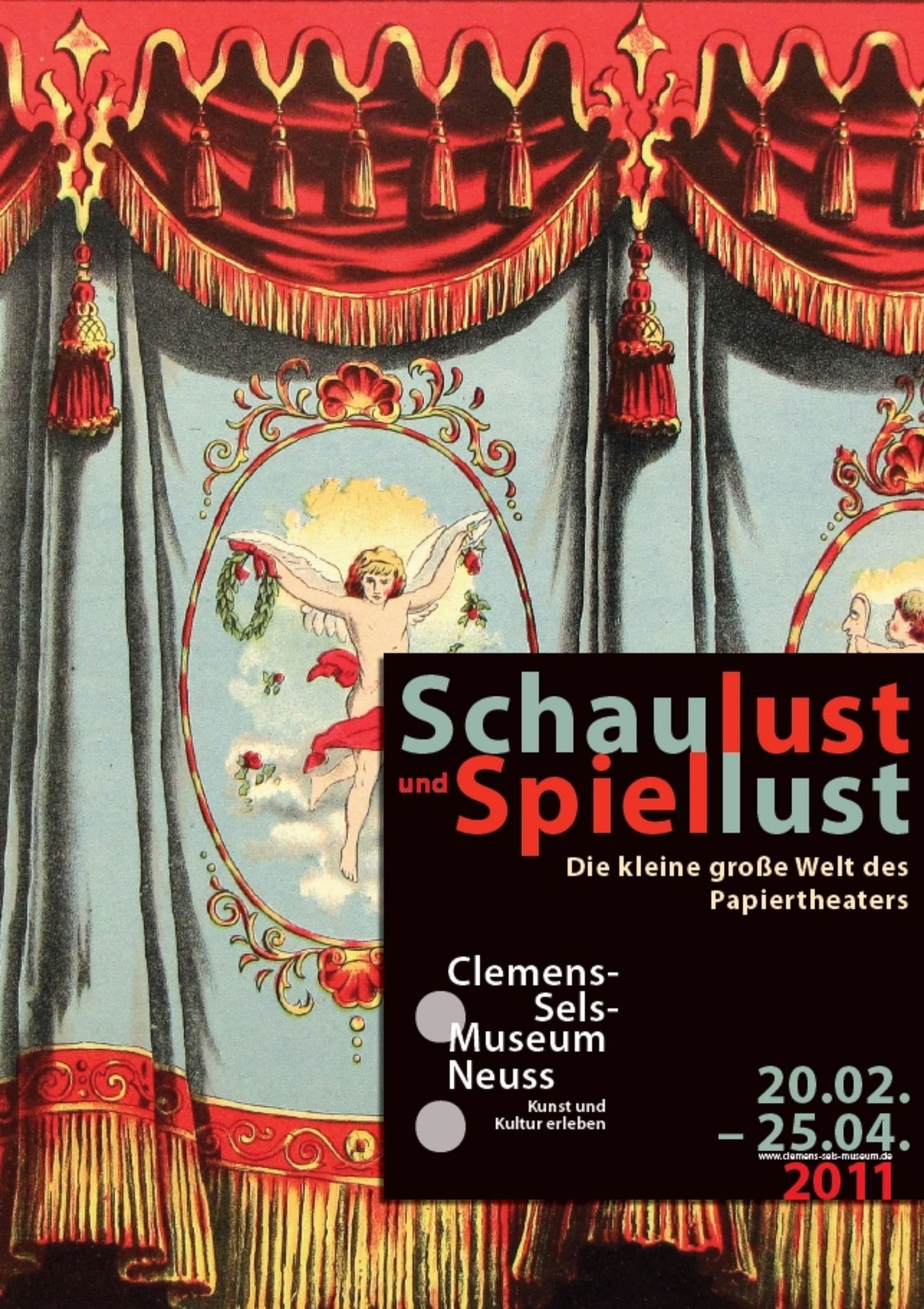The small big world of paper theater

Plakat zur Ausstellung
The boards that mean the world can sometimes be made of paper. For in the 1820s, théatre en miniature made of paper appeared. For over 100 years, it was mainly the educated middle-class families who were enthusiastic about the sheets of paper from which figures, props and theater sets for various plays were cut out and with which, for example, the "Magic Flute", the "Freischütz", the "Robbers" or even fairy tales could be performed - and all this in the comfort of the family home. On the one hand, the paper theaters served to satisfy the human desire to show and play, and on the other hand, they familiarized the young generation with the educated bourgeois repertoire of the theater and opera world, often with certain educational goals associated with it. Since all stage plays had to be adapted for domestic theatrical performance within the family circle, the abridgements emphasized above all the moral messages of the plays. Thus, a paper performance was not only entertaining, but also educational and uplifting. In addition to these aspects, the exhibition presented the history of the development of paper theater from its precursors in the 17th and 18th centuries to the present day. Of particular interest were the historical peep-shows from the Baroque and Rococo periods with their magnificently executed scenes. There were also interactive elements that allowed visitors to experience this fascinating cultural phenomenon.
In addition to the historical and contemporary paper theaters, the exhibition also presented the "stage art" of Neuss artist Armin Kaster. His three-dimensional LebensBühnenBilder (LifeStagePictures) are a contemporary form of paper theater that has its roots in the visual arts. These poetic, playful, and childlike designs revealed themselves to viewers primarily through their material simplicity, inviting them to discover their own stories.